Kristian Zarb Adami
Institute of Space Sciences and Astronomy University of Malta, Istituto Nazionale di Astrofisica, Department of Astrophysics University of Oxford
A Comparative Study of Convolutional Neural Networks for the Detection of Strong Gravitational Lensing
Jun 03, 2021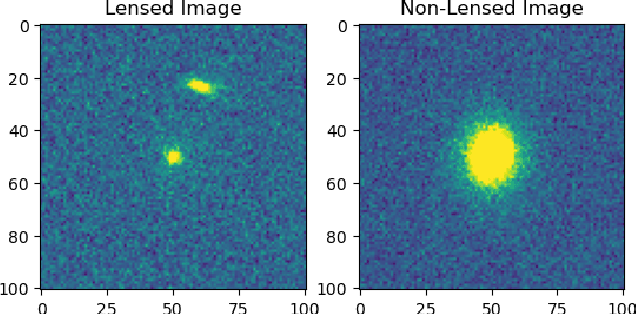
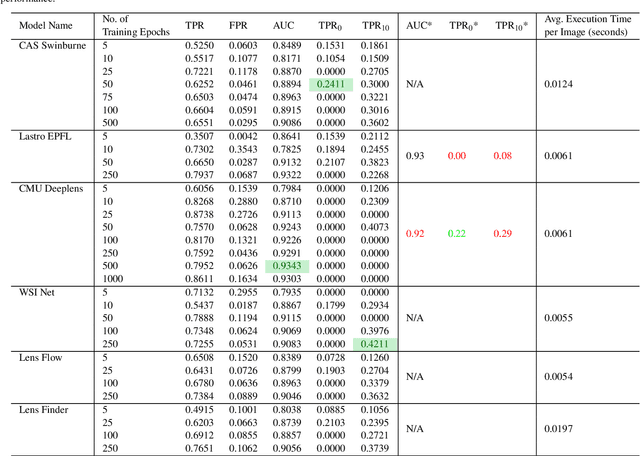
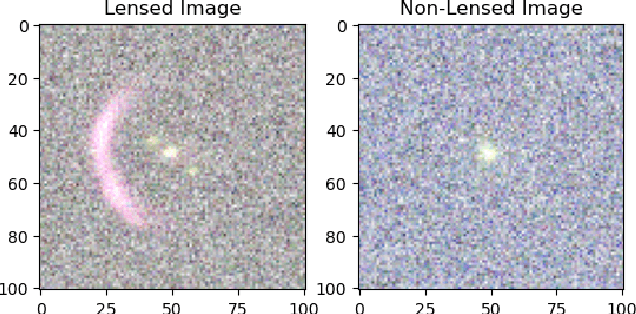
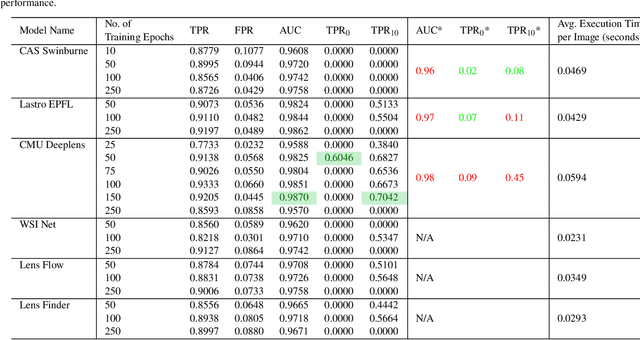
Abstract:As we enter the era of large-scale imaging surveys with the up-coming telescopes such as LSST and SKA, it is envisaged that the number of known strong gravitational lensing systems will increase dramatically. However, these events are still very rare and require the efficient processing of millions of images. In order to tackle this image processing problem, we present Machine Learning techniques and apply them to the Gravitational Lens Finding Challenge. The Convolutional Neural Networks (CNNs) presented have been re-implemented within a new modular, and extendable framework, LEXACTUM. We report an Area Under the Curve (AUC) of 0.9343 and 0.9870, and an execution time of 0.0061s and 0.0594s per image, for the Space and Ground datasets respectively, showing that the results obtained by CNNs are very competitive with conventional methods (such as visual inspection and arc finders) for detecting gravitational lenses.
Machine Learning for Galaxy Morphology Classification
Jun 01, 2010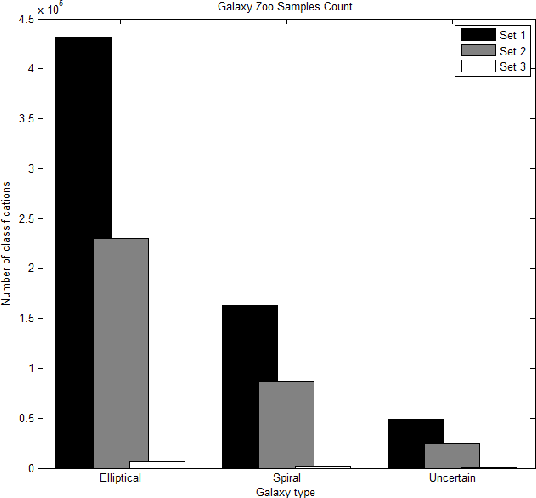

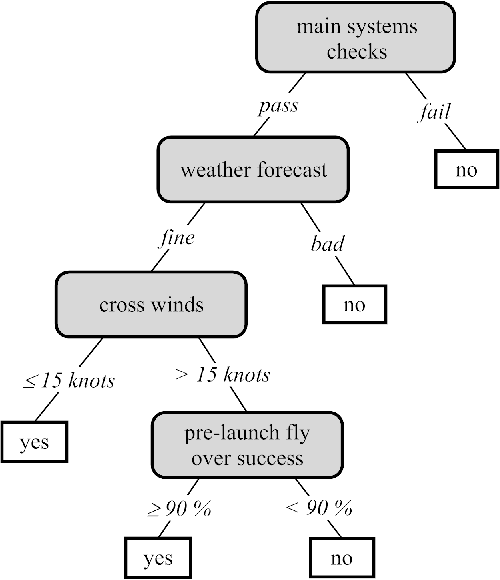
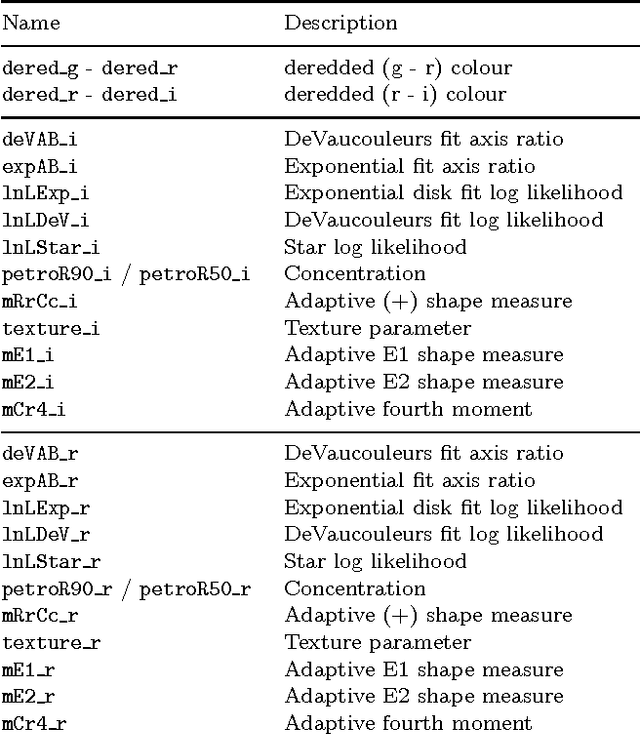
Abstract:In this work, decision tree learning algorithms and fuzzy inferencing systems are applied for galaxy morphology classification. In particular, the CART, the C4.5, the Random Forest and fuzzy logic algorithms are studied and reliable classifiers are developed to distinguish between spiral galaxies, elliptical galaxies or star/unknown galactic objects. Morphology information for the training and testing datasets is obtained from the Galaxy Zoo project while the corresponding photometric and spectra parameters are downloaded from the SDSS DR7 catalogue.
 Add to Chrome
Add to Chrome Add to Firefox
Add to Firefox Add to Edge
Add to Edge